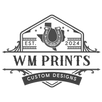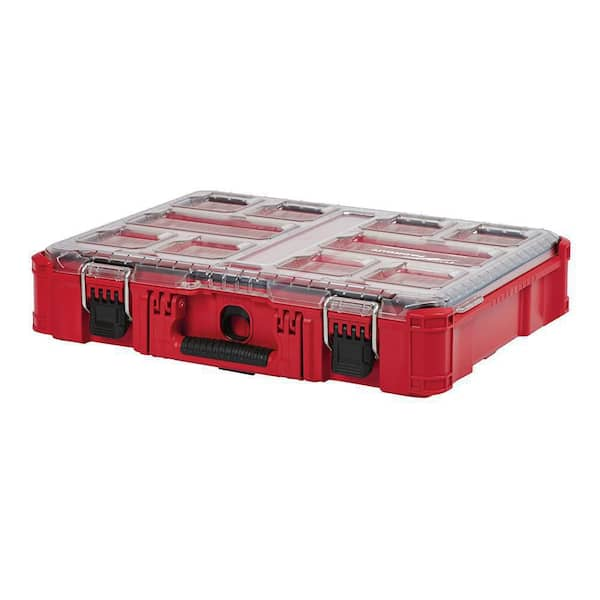In today's fast-paced world, the demand for innovative products has never been higher. Companies strive to keep up with consumers' ever-evolving expectations for customizable, unique, and high-quality items. Enter 3D printing – a technological marvel reshaping the landscape of product development. But why exactly is 3D printing such a pivotal player in this field?
Unmatched Design Flexibility
3D printing allows designers and engineers to push the boundaries of creativity. Traditional manufacturing processes often come with limitations related to tooling and production techniques. However, 3D printing liberates product development from these constraints, enabling the creation of complex geometries and intricate designs that would otherwise be impossible or prohibitively expensive.
Take, for instance, this Lyman Type prep tools holder. This product showcases intricate design features that 3D printing facilitates effortlessly, meeting specific needs and preferences without the limitations imposed by traditional manufacturing methods.
Rapid Prototyping and Time Efficiency
Traditional product development cycles can be lengthy, with each iteration requiring new molds or dies. 3D printing streamlines this process through rapid prototyping. Ideas can be transformed into physical models within hours, rather than days or weeks. This not only accelerates the feedback loop but also allows for more iterations, enhancing the final product quality without extending development timelines.
Cost-Effective Production
For many companies, the cost of entry is a significant barrier in product development. With 3D printing, the need for expensive tooling is eliminated, making it a much more cost-effective option, especially for low-volume production runs. This democratization of manufacturing allows smaller businesses and startups to innovate and compete with industry giants without massive upfront investments.
Sustainability and Material Efficiency
One of the lesser-discussed advantages of 3D printing is its contribution to sustainable manufacturing practices. Traditional subtractive manufacturing processes often result in considerable material waste. In contrast, 3D printing is an additive process, adding material only where necessary, thus minimizing waste. Additionally, many 3D printers can utilize recycled or biocompatible materials, further reducing the environmental impact.
Customization and Personalization
3D printing facilitates an unprecedented level of customization and personalization. In industries ranging from fashion to aerospace, products can be tailored to individual customer specifications with ease. This capability is key in today's market, where consumers increasingly value personalized experiences and unique products.
3D printing is not just a new tool in the product development toolkit; it's a catalyst for innovation and efficiency across various industries. As it continues to evolve and become more accessible, we are bound to see even more groundbreaking advancements and applications.
To explore more about 3D printing solutions and innovations, visit wmprints.com. Discover how 3D printing can transform your product development strategies and bring your creative visions to life.





